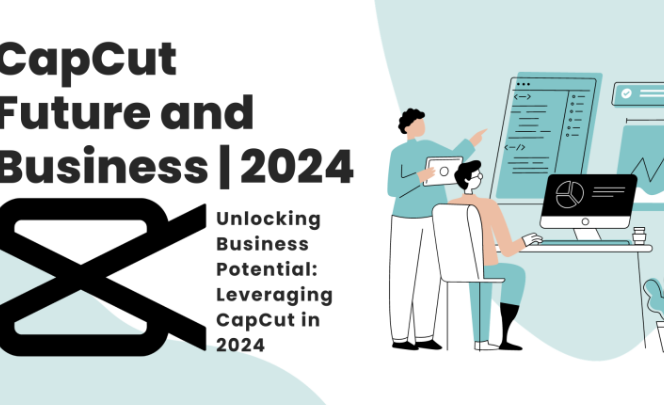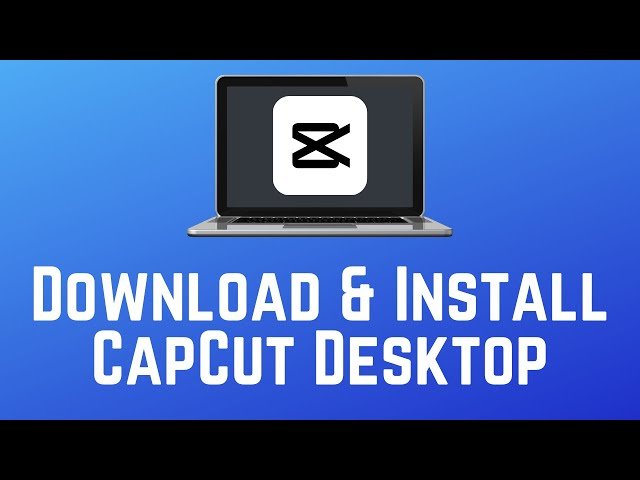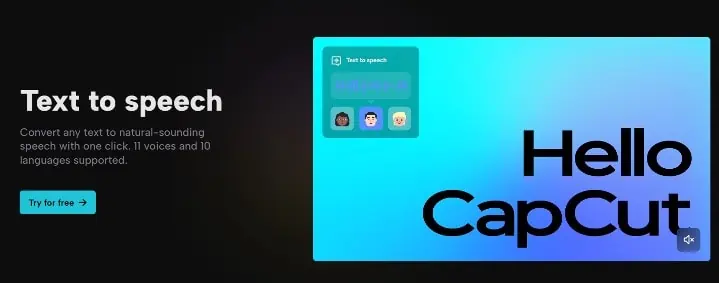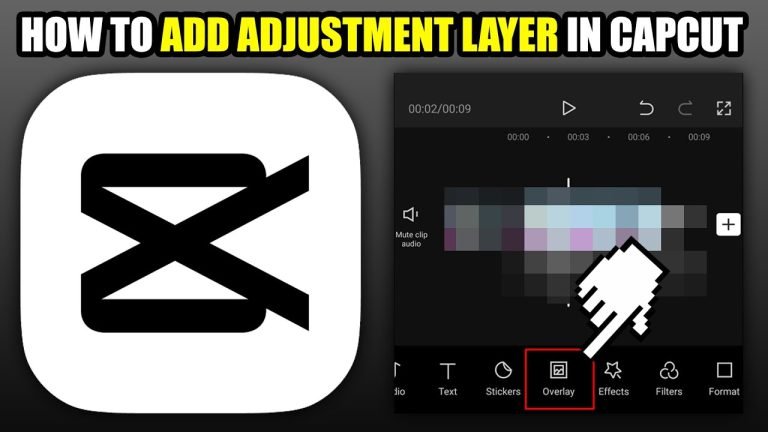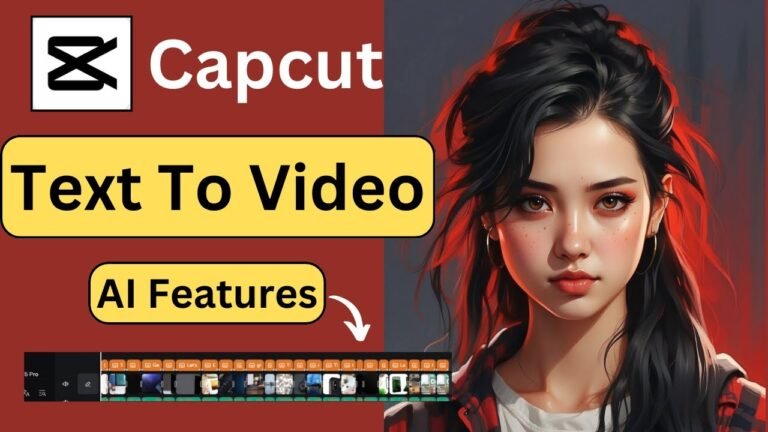How to Use CapCut for Educational Works
CapCut for Educational Purposes
In the evolving landscape of education, integrating technology into teaching methodologies has become essential. CapCut, a versatile video editing app, emerges as a powerful tool in this domain. This guide dives into how educators and students alike can leverage CapCut to create compelling educational content.
Getting Started with CapCut
Before diving into the creative process, one needs to familiarize themselves with the basics of getting CapCut up and running. Whether you’re using an iOS, Android, or a PC, we’ll guide you through the installation process, ensuring you’re set up for success.
Basic Features of CapCut
Understanding CapCut’s user-friendly interface is the first step to mastering its capabilities. We’ll explore its basic features, from trimming and splitting clips to adding text and music, providing you with the foundation to start your educational projects.
Advanced Editing Techniques in CapCut
For those looking to elevate their content, CapCut offers advanced editing features. Learn how to utilize green screen effects, play with speed settings, and apply complex transitions to make your educational videos stand out.
Creating Educational Content with CapCut
Creating engaging educational content requires more than just basic editing. This section will introduce you to strategies for using CapCut to craft videos that not only inform but also captivate your audience.
Utilizing Templates for Quick Projects
CapCut’s templates are a godsend for educators pressed for time. Discover how to select and customize templates to quickly produce educational videos without sacrificing quality.
Customizing Templates
While templates offer a great starting point, personalization is key. We’ll provide tips on how to tweak these templates, making your educational content truly unique and tailored to your lesson plans.
Incorporating Educational Resources
A great educational video is more than just footage. It’s enriched with images, audio clips, and text that support learning objectives. Learn how to seamlessly integrate these elements into your CapCut projects to enhance the educational value of your videos.
Enhancing Videos with Effects and Transitions
Effects and transitions are not just for aesthetics; they can greatly improve the clarity and flow of educational content. We’ll show you how to use these features to highlight key points and maintain viewer engagement.
Adding Captions and Subtitles
Accessibility is paramount in education. Adding captions and subtitles ensures that all students, regardless of hearing ability or language proficiency, can benefit from your videos. This section will guide you through the process in CapCut.
Collaborative Projects with CapCut
Education is often a collaborative effort. CapCut facilitates this by allowing students and teachers to work together on projects. Explore how to share projects for feedback and co-editing, fostering a collaborative learning environment.
Sharing and Feedback on Projects
The educational journey is as much about feedback as it is about creation. Learn the best practices for sharing your CapCut projects with peers and educators to receive constructive feedback and make necessary adjustments.
Tips and Tricks for Efficient Use of CapCut
To truly make the most of CapCut in an educational setting, there are several tips and tricks one should know. From keyboard shortcuts to optimal export settings, we’ll cover it all to ensure your video creation process is as efficient as possible.
Conclusion and Final Thoughts
CapCut offers a vast array of features that can transform the way educational content is created and consumed. By incorporating these strategies into your workflow, you can enhance the learning experience for your students, making lessons more interactive and engaging.
H3: FAQs
- Can CapCut be used for educational purposes across all age groups?
- Are there any costs associated with using CapCut for education?
- How can I ensure my educational videos are accessible to all students?
- What are the best practices for storing and organizing CapCut projects?
- Can CapCut projects be easily shared across different platforms?


